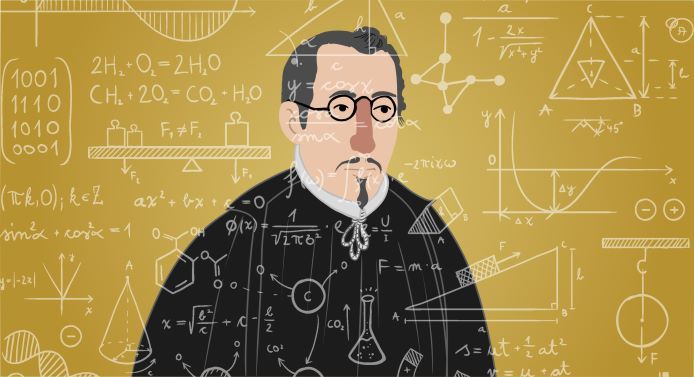Carlos de Sigüenza y Góngora, an illustrious man of New Spain
Carlos de Sigüenza y Góngora persuaded the inquisitor Martín de Soto Guzmán to authorize his lunaries and almanacs, which would aid the public in agricultural and navigational issues, during a time when scientific knowledge was frowned upon.





